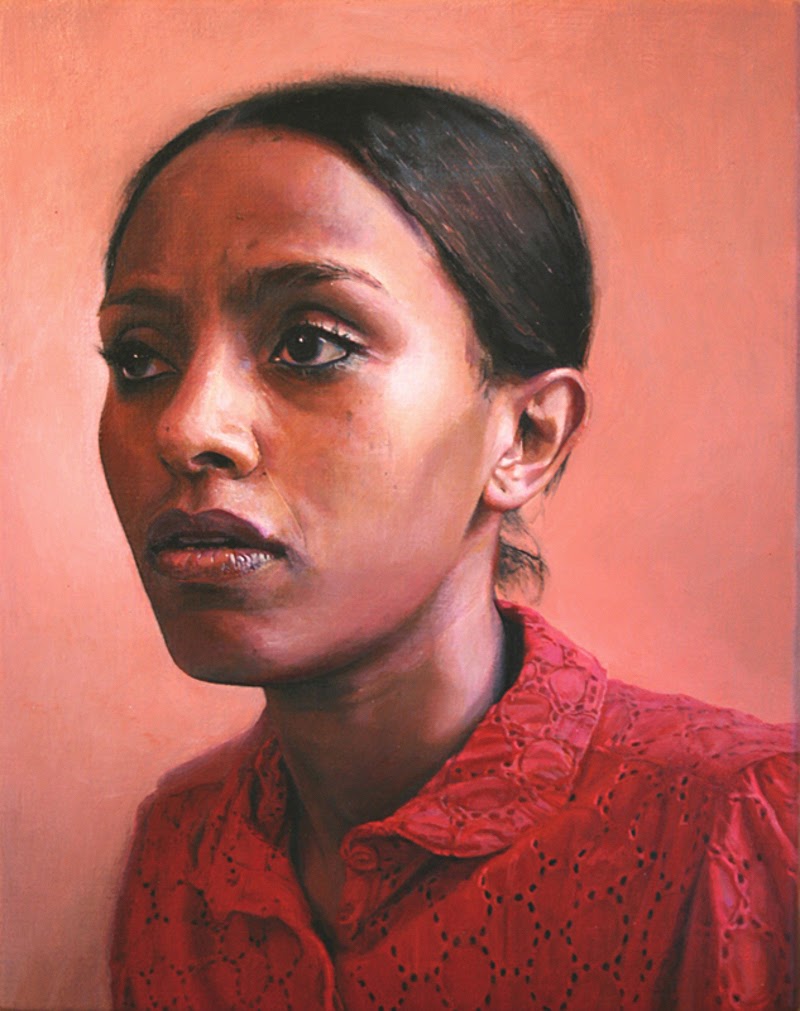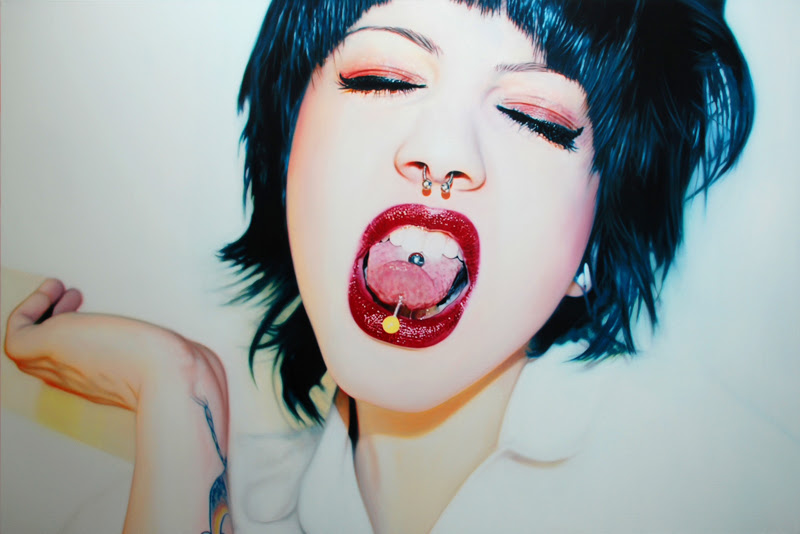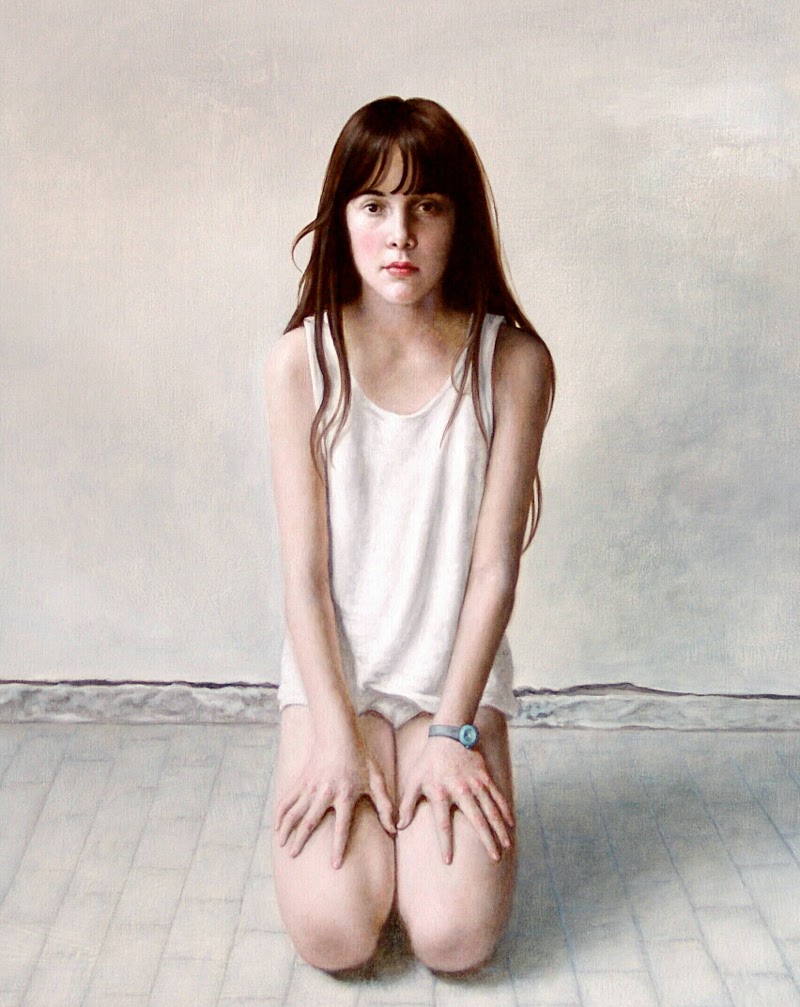 |
| DANCE Series |
An Interview with Iva Troj.
Who are you? Where are you from?
I grew up in Bulgaria, studied art in California and moved to Sweden where I completed my second bachelor degree and a master degree in science and philosophy. I taught myself digital illustration techniques and basic coding and spent more than a decade working with design at technology giants such as IBM. I left a top design management position in 2006 to pursue a career in arts. I'm currently based in Brighton, UK.
In many ways, I am what you get when you throw ancient Sakar Mountain wisdom failing to adapt to totalitarian ideas right into the pits of post-industrial capitalism. My grandmother’s village used to be in the nomansland surrounding the Turkish and Greek/Bulgarian border during the communist regime. It used to be totally isolated from the industrial world and there was no school or a library (or pollution). And somehow my grandma knew what Wabi-sabi was. I am not sure how I came to find the clues to Japanese culture. She never talked about China or Japan, “intimacy”, or appreciation of the ”ingenuous integrity of natural objects”. That was not how she spoke. Instead of using fancy words she showed me things and explained their beauty to me. Her house and her garden were full of evidence of beautiful imperfection.
How did you get into art?
I started studying art when I was 11-12 years old. By art I mean traditional drawing and painting techniques. I grew up in Bulgaria during the Cold War era, so the dominant style was social realism. Social realism is a creativity and identity killer, which makes it an ideal totalitarian instrument. That said, I am truly grateful for all artistic knowledge that was passed on to me early on. I was taught art techniques old school, with anatomy, chemistry, perspective and printmaking alongside live drawing and painting. The way my fingers automatically adjust lines to 0,5 mm apart when I’m drawing still makes me smile. It’s a great and rare gift nowadays.
What is your driving force?
Dichotomies and beauty in its imperfection is what motivates me as an artist. Conflict is the distinction between inspiring and mediocre art for me. I may strive for harmony in many ways, but braking it, making it imperfect is like a drug. The more the better.
Like everybody else, I discuss personal experiences. At the same time, I strive to escape my ego, an urge that partially stems from crossing borders in the last years of the cold war. Living through cultural starvation in my childhood has made me restless and almost childishly curios. In that sense, nothing I discuss is strictly personal. Sexual abuse, violence, trauma... I may present an unusual perspective on these topics stemming from the self, but that is just a start. The work needs to keep changing, relive itself, challenge its own conformity.
What kind of work you do and why?
As a child I was taught to question one-dimensional narratives, which grew from a survival technique to a technology of the artistic self. The foe I so often portray almost always represents the normalization of one or more dysfunctional discourses, such as the victimization of the female gender, religious dogma and racial inequality.
My most recent exhibit was at the worldwide renowned Corey Helford Gallery in LA. Corey Helford Gallery represents a group of artists that I look up to for inspiration, so consequently, creating for the gallery meant a strong push forward towards a body of work that is less calculated, more expressive and definitely more revealing.
I am currently creating a small body of work for a new art fair in London, called Roy’s People Art Fair. It’s in the Candid Gallery space near Angel Station Sept 14-17 this year. I am also participating in a number of group exhibits and updating my permanent exposition at the Friendship store in Shoreditch, London.




























